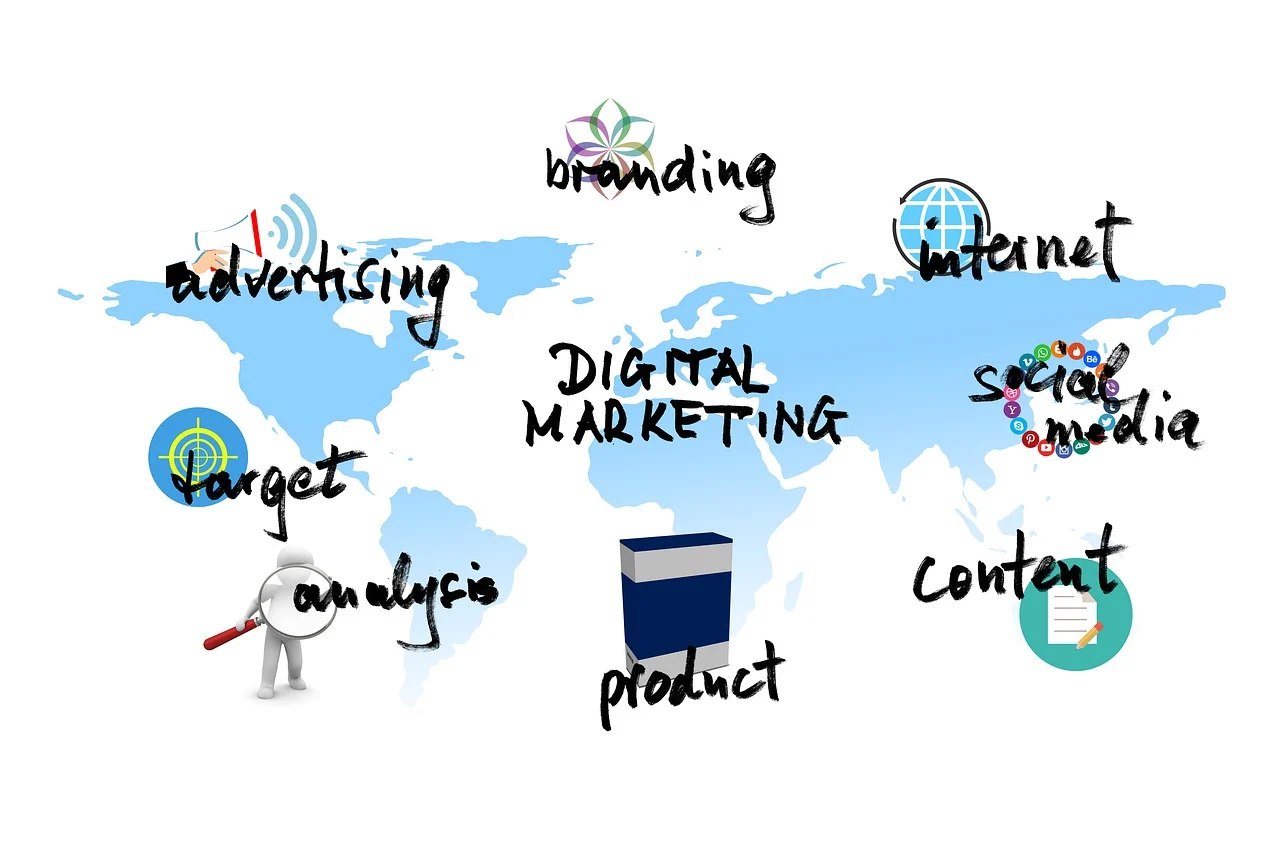Performance Marketing vs. Brand Marketing: Which One is Right for You? In the ever-evolving digital marketing landscape, businesses constantly seek the best strategies to drive growth, increase visibility, and boost sales. Two of the most commonly used marketing approaches are performance marketing and brand marketing. While both aim to attract and retain customers, they differ in execution, goals, and long-term impact. Understanding the differences between these strategies can help you determine the best fit for your business.
Performance Marketing vs. Brand Marketing: What is Performance Marketing?
Performance marketing is a data-driven approach focused on measurable outcomes such as clicks, leads, or conversions. Businesses only pay when specific actions are completed, making it a cost-effective strategy for driving immediate results.Performance Marketing vs. Brand Marketing: Which One is Right for You?
Key Characteristics of Performance Marketing:
- ROI-Focused: Every campaign is designed to achieve a specific goal, ensuring a strong return on investment (ROI).
- Data-Driven Decisions: Marketers analyze key metrics and adjust strategies in real-time to optimize performance.
- Pay-for-Results Model: Businesses pay for completed actions, such as purchases, sign-ups, or downloads.
- Short-Term Impact: Generates quick results but may not build long-term brand equity.
Common Performance Marketing Channels:
- Paid Search Advertising: Google Ads, Bing Ads
- Social Media Ads: Facebook Ads, Instagram Ads, LinkedIn Ads
- Affiliate Marketing: Partnering with influencers or publishers for commission-based promotions
- Email Marketing: Automated, personalized email campaigns
- Retargeting Ads: Displaying ads to users who previously visited your site
Performance Marketing vs. Brand Marketing: Which One is Right for You?
Performance Marketing vs. Brand Marketing: What is Brand Marketing?
Brand marketing focuses on building awareness, trust, and a strong emotional connection with the audience. Instead of targeting immediate conversions, it aims to establish long-term brand loyalty and recognition.
Key Characteristics of Brand Marketing:
- Long-Term Impact: Designed to create a lasting brand presence in consumers’ minds.
- Emotional Connection: Engages audiences through storytelling, brand values, and unique identity.
- Brand Recognition: Aims to make your brand easily identifiable and trusted in the market.
- Indirect ROI: While it doesn’t offer immediate conversions, it fosters customer loyalty, leading to long-term revenue growth.
Common Brand Marketing Channels:
- Content Marketing: Blogging, whitepapers, videos, and podcasts
- Social Media Engagement: Organic posts, influencer collaborations
- Public Relations (PR): Media coverage, press releases, brand storytelling
- Sponsorships & Events: Brand partnerships, webinars, industry conferences
- SEO & Organic Growth: Improving search engine rankings to drive organic traffic
Performance Marketing vs. Brand Marketing: A Side-by-Side Comparison

| Aspect | Performance Marketing | Brand Marketing |
|---|---|---|
| Focus | Measurable actions (conversions, clicks, leads) | Long-term brand awareness & reputation |
| Timeframe | Short-term, immediate results | Long-term, gradual growth |
| Measurement | Data-driven, performance analytics | Brand sentiment, engagement metrics |
| Cost Structure | Pay-per-click/action | Investment in content, branding, and PR |
| Customer Loyalty | Limited, depends on continuous ad spend | Stronger, fosters brand affinity |
Which Strategy is Right for You?
The choice between performance marketing and brand marketing depends on your business goals, industry, and budget. Here’s how to decide:
Choose Performance Marketing If:
- You need immediate results to drive sales or leads.
- You have a limited budget and want to maximize ROI.
- Your business thrives on short-term promotions and direct response campaigns.
- You can actively manage and optimize data-driven campaigns.
Choose Brand Marketing If:
- You aim to build long-term customer loyalty and trust.
- Your business relies on brand recognition to stand out in a competitive market.
- You have the patience and resources for organic growth strategies.
- You want to create a consistent brand identity that resonates with your audience.
The Best Approach: A Balanced Strategy
While performance marketing and brand marketing serve different purposes, the most successful businesses integrate both strategies. A well-rounded marketing plan includes:
- Using performance marketing to generate quick sales and drive traffic.
- Investing in brand marketing to establish credibility and long-term customer relationships.
- Combining data-driven insights with compelling storytelling to engage and convert customers.
By balancing both approaches, businesses can achieve sustainable growth, stronger customer relationships, and a competitive edge in their industry.
Final Thoughts
Understanding the strengths of performance marketing and brand marketing helps businesses make informed decisions based on their goals. While performance marketing delivers fast results, brand marketing ensures long-term success. By leveraging both strategies effectively, you can maximize your marketing impact and drive meaningful business growth.
Need help crafting a marketing strategy that works for you? Contact QueryQuest today for expert digital marketing solutions tailored to your business needs!

